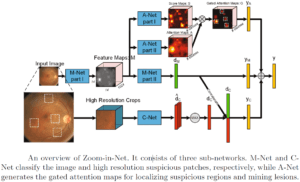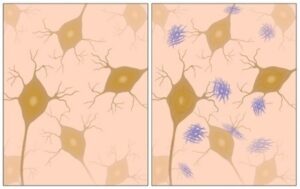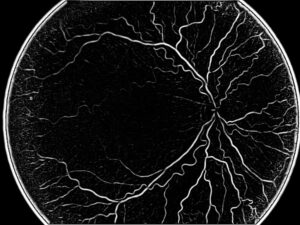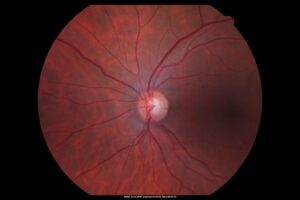Classification and segmentation of dendritic cells – Results
We have obtained 97% accuracy using our U-Net and demonstrated that deep learning can be utilized in the analyses of laser IVCM images, allowing a standardized, objective, and rapid evaluation of ocular surface inflammation. In the attached animated movie, we show an example of IVCM images, an overlay of the U-Net segmentation results (false negative – red, true positive – green, false positive – blue) and ground truth segmentation (white), which are in excellent agreement. Using the automated segmentation, a rapid evaluation of the spatial distribution and density of Dendritic Cells can be given with high accuracy.
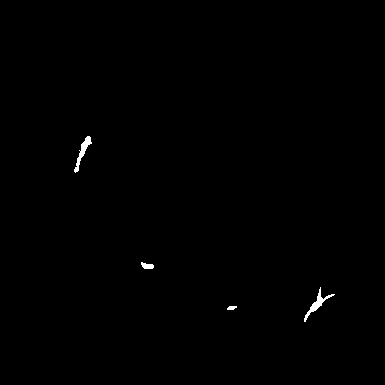
RSIP Vision is a global driving force in the development and implementation of tailor-made solutions in the domain of image processing, computer vision and machine learning. To learn more about RSIP Vision’s activity and view our selected projects, please visit our project pages; to discuss solutions for your project, get directly in touch with our engineering consultants.

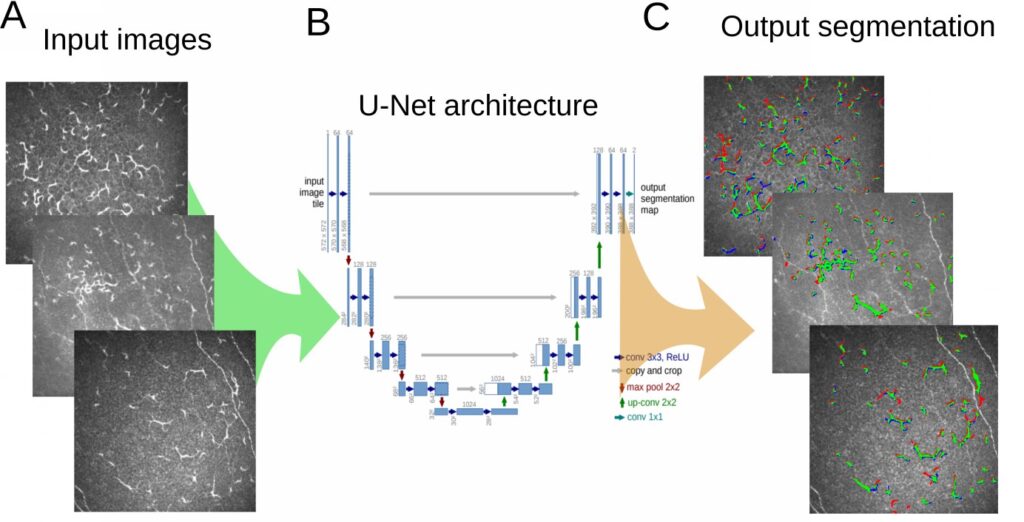
 Ophthalmology
Ophthalmology